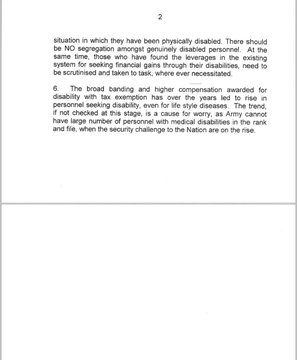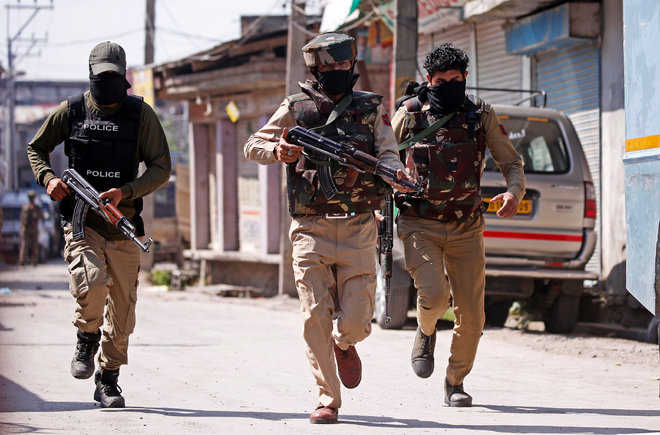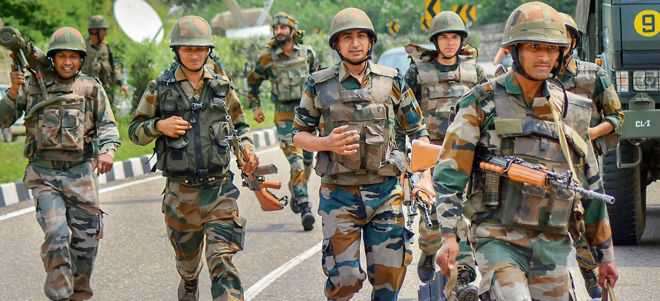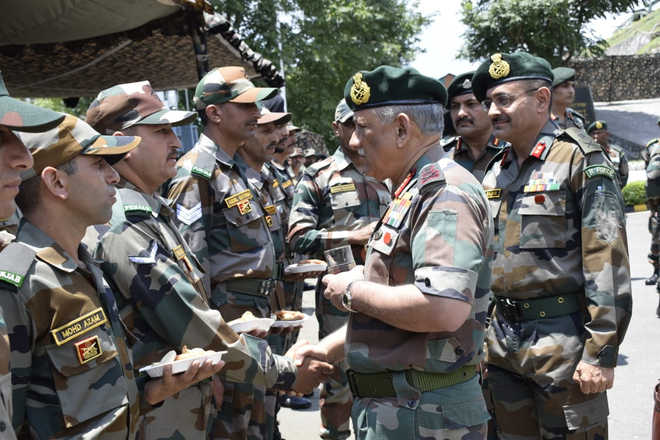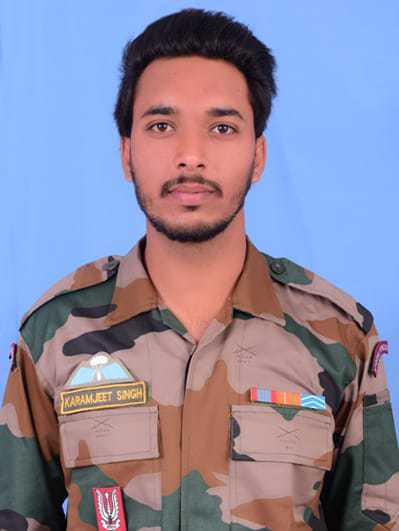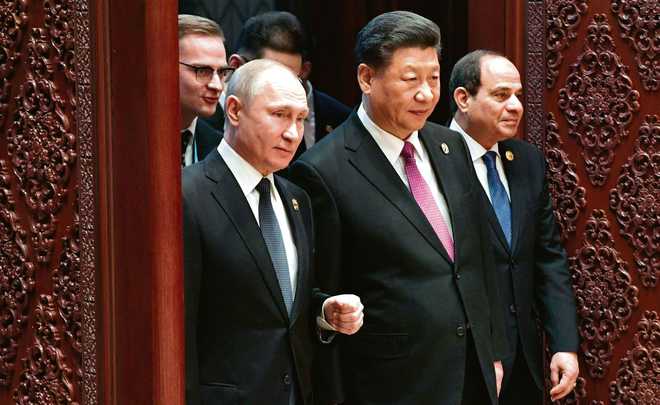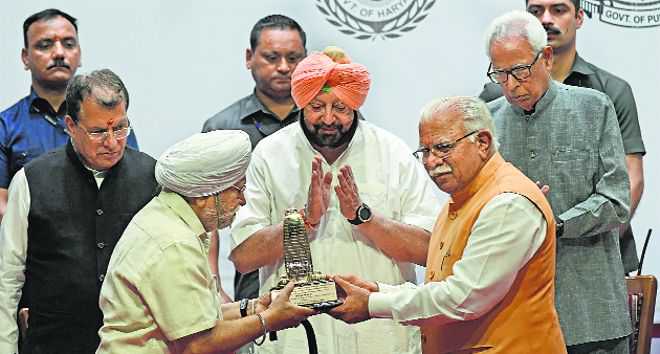For too long, lip service has been paid to the modernisation of the forces. Maritime security has been particularly neglected. The immediate replacement of obsolete/obsolescent weapons and equipment must be addressed by Rajnath to ensure qualitative upgrade of combat capabilities for tomorrow’s battlefields.

Gurmeet Kanwal
Former Director, Centre for Land Warfare Studies, New Delhi
Rajnath Singh has taken over as the Defence Minister at a time of strategic uncertainty and growing regional instability. The country faces multifarious threats and challenges in both conventional and sub-conventional fields of conflict. Besides, non-traditional vulnerabilities to contend with such as cyber war and defence of assets in outer space are emerging on the horizon.
While the resolution of the longstanding territorial disputes with China and Pakistan and the latter’s proxy war as well as internal security issues will doubtlessly engage his attention, defence preparedness and higher defence management must be given an equally high priority.
First, the minister must address what a former Army Chief, Gen VK Singh, had termed as ‘critical hollowness’ in defence preparedness: insufficient units in some fighting formations (according to authorised scales), large-scale ammunition deficiencies and inordinate equipment shortages.
For too long, lip service has been paid to the modernisation of the forces. Maritime security has been particularly neglected. The immediate replacement of obsolete/obsolescent weapons and equipment must be addressed to ensure qualitative upgrade of combat capabilities for tomorrow’s battlefields.
Better combat capabilities require more funds than being provided presently. The current defence budget, pegged at less than 1.5 per cent of the projected GDP, is grossly inadequate to support the modernisation of the forces. The ratio of revenue to capital expenditure, which is approximately 60:40 (for the Army, it is 80:20) shows that the bulk of defence expenditure goes towards salaries, rations, ammunition, transport and other day-to-day necessities. The capital budget is utilised mainly to service committed liabilities (previously purchased weapons system being paid for in annual instalments), leaving little or no funds for new acquisitions for modernisation.
India has the lowest per capita defence expenditure among major powers and a very low citizens-to-soldier ratio. Successive Parliamentary Standing Committees for Defence have recommended that the ratio of defence expenditure be raised to 3 per cent of the GDP. To begin with, it must be raised to at least 2 per cent in the current year.
Five-year Defence Plans are not being given the committed budgetary support, which leads to notional planning. A rolling, non-lapsable defence modernisation fund, linked with the Consolidated Fund of India, is needed. The NDA government had instituted such a fund in the interim budget of 2004-05, but the proposal did not find favour with the UPA government that followed.
Long-term defence planning is being neglected and is marked by haphazard single-Service growth. Defence planning is the responsibility of the National Security Council, which seldom meets. The Defence Minister should consider recommending the formation of a national security commission. The commission should formulate India’s national security strategy, after conducting a long overdue strategic defence review.
Defence reforms are urgently needed. A Chief of Defence Staff (CDS)/ permanent Chairman COSC should be appointed. This step should be followed a few years later by reorganising single-Service commands into integrated theatre commands for better synergy in joint operations. Tri-Service aerospace, cyber, special forces and integrated logistics commands are necessary to meet emerging challenges.
For a better civil-military interface, it is necessary to undertake a comprehensive integration of the Ministry of Defence and the armed forces HQ; it is nominal at present. To ensure rapid indigenisation of defence production in line with the Prime Minister’s call to ‘Make in India’, the minister must expeditiously review the defence procurement procedures so as to streamline them and eliminate the remaining red tape.
A holistic review of the functioning of the Defence Research and Development Organisation (DRDO) is called for so that the private sector and universities are usefully involved in research and development. Similarly, the privatisation of most of the ordnance factories and the defence PSUs has been discussed for long but not implemented. Besides improving functional efficiency, such an exercise will result in considerable savings.
Analysts have commented that India lacks a strategic culture. The minister must involve himself in the raising of strategic consciousness in the country. The establishment of the National Defence University has been long delayed and must be taken up immediately. The Institute for Defence Studies and Analyses (IDSA) and the think tanks established by the armed forces — CLAWS, NMF, CAPS, and CENJOWS —must be given greater encouragement and funding support. Their analyses and recommendations should be given due weightage in decision-making.
The softer issues affecting the morale of the armed forces must not be neglected. While the National War Memorial has at last been constructed to honour personnel who made the supreme sacrifice in the service of the nation, the issue concerning the pay and allowances and the welfare of serving soldiers as well as veterans continues to be ignored. The anomalies of the Sixth and Seventh Pay Commissions are yet to be resolved. The shortage of ‘married accommodation’ in peace stations is excessively high. The MoD continues to indulge in excessive litigation against soldiers.
In fact, the present state of civil-military relations is far from healthy. Distrust does not result in smooth functioning. Armed forces personnel are desirous of the restoration of their post-Independence status vis-à-vis civilian employees. While that may not now be possible, an acceptable solution can be found.
Defence Minister Rajnath Singh has a great deal on his plate. Not all the issues listed above can possibly be resolved satisfactorily in one five-year tenure. Surely, the new minister will prioritise wisely, decide quickly and implement his decisions resolutely.



